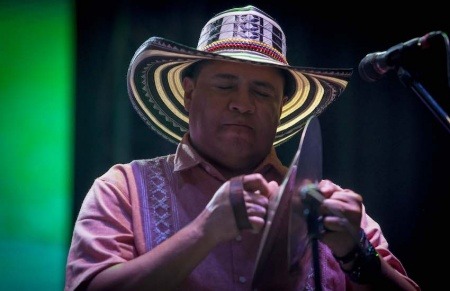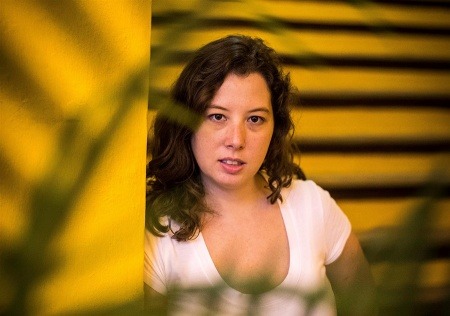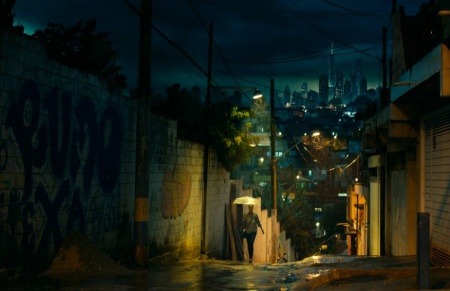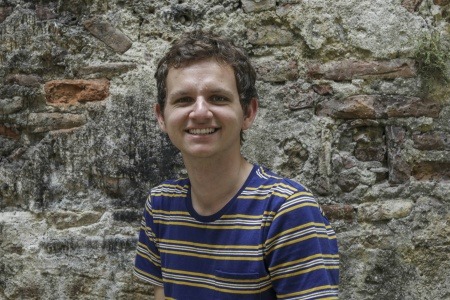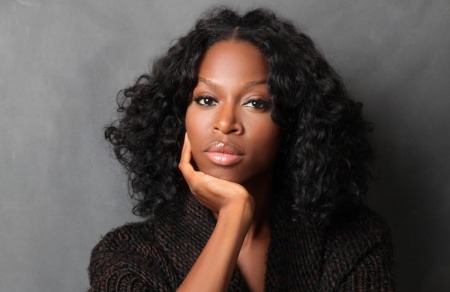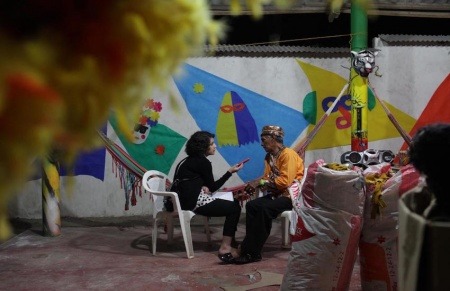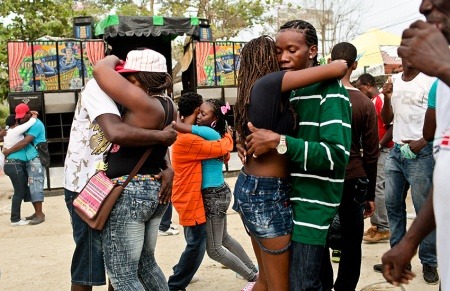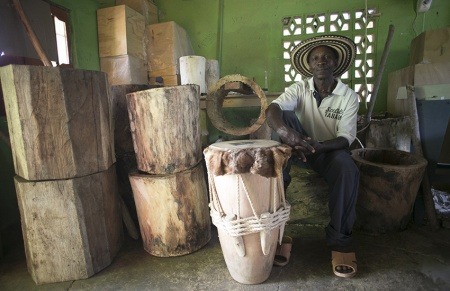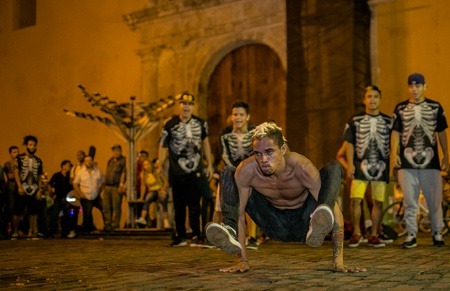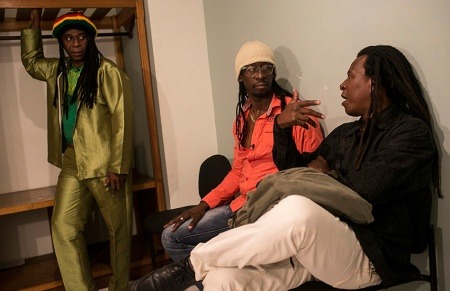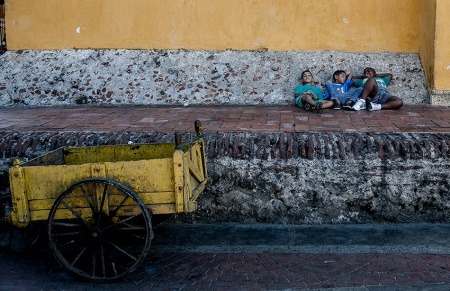In the following seven points you will find out what to expect from this fellowship in Cartagena, which will be a source for the stories by the 15 fellows. Apply until October 7!
The Chaotic Life of Nada Kadić is definitely not a popcorn film, nor is it a metaphysical meditation. What it really is may resemble an enticing silence, where everything has energy to become: a disclosure, a connection, a mirroring of yourself.
Power Paola teamed up with director Santiago Caicedo to bring her 2011 graphic novel to the big screen via animated movie Virus Tropical.
The film is a strange hybrid of the absurd and the horrific, resulting in a kind of black comedy that is both pitch-black and filled with a variety of themes that are ripe for analysis.
Meet the directors and guest masters of the 4th edition of the Gabo Fellowship Program that, on this edition, will cover the influence of African culture in the Colombian Caribbean.
I had never heard of Champeta. So when Juliana sent me the reading list for the fellowship, I was intrigued to find that a genre of music had been invented based on some of the music that came out of Nigeria and other parts of Africa. More extraordinary was discovering that this was happening all the way in Colombia, and Nigerians knew nothing about it.
On the last day of August this year, I found myself sauntering through San Basilio de Palenque, the first free town of African slaves in the Americas, which dates back to the 17th century. I immediately thought of Murillo and Colombina. It made me wonder if this place might bear some resemblance to his La Palia, and if I could find inspiration for my sequel — some idea I could take back home to Brooklyn with me to share — right here.
Cartagena’s old town looks oddly majestic. It sways, in slow motion, like a lopsided medieval paradise. At night, people sweat, sing and salsa to Champeta. MCs from the outskirts spin a thumping blend of mild reggae, zuk and, dancehall to young hipsters crammed into the gutted buildings of Getsemaní. All around this rickety walled city, only the shoreline feels certain. It’s flat, blue and steady. I drove past it in a ‘cab’ last Sunday, on my way to the hotel. His bright blue ‘Aloha ‘shirt said it all. It had sunshine and palm trees scrawled across it. Hernando, my taxi driver, had a fairytale warmth about him. He was also a tour guide. He made sightseeing seem so easy.
Under the guidance of leading academic and historian Alberto Abello, the group want to create their own celebration for the city, forming a new carnival tourist attraction “between the sea and the wall” which they hope would generate a more inclusive and open society in homage to Padillia’s fight. They are pushing local government, all the heritage and culture bodies, as well as big business, to get aboard.
Palenquero is a mix between African Bantu languages and European languages, John explains. It borrows from Spanish, English, French and Portuguese.
Immortalized by Gabriel Garcia Marquez, the heroic Cartagena is translated into a less fantastic reality beyond the walls that enclose the city. A few meters from postcard stripped scenario is Pedro Blas Julio Romero who runs at will as the authority of the letters. Responsible for portraying verses violence of the guerrillas and the Colombian army, the 67 year old poet is also one of the main activists to denounce the flagrant gentrification process in Getsemaní, historic district that he describes as a place «castrated of sun»
